Fall gardening extends the growing season with cool-weather crops like leafy greens, root vegetables, and brassicas. Key activities include soil amendment, planting fall-specific varieties and preparing for frost. Successful fall gardening requires proper timing, crop selection and protective measures against cooler temperatures.
As a seasoned horticulturist with over two decades of experience in seasonal gardening, I’m excited to share my knowledge about fall gardening. This guide will help you make the most of your autumn garden, whether you’re a novice or an experienced gardener.
Why Fall Gardening?
Fall gardening offers several benefits:
- Extended harvest season
- Cooler working conditions
- Fewer pest and disease issues
- Improved flavor of many crops
For more on the benefits of fall gardening, visit the University of Minnesota Extension’s fall gardening page.
Preparing Your Garden for Fall
Soil Preparation
- Remove summer crop residues
- Add compost or well-rotted manure
- Test soil pH and amend if necessary
- Consider cover crops for areas not in use
Learn more about soil preparation from the Cooperative Extension System’s eXtension platform.
Timing
- Start planning 6-8 weeks before your first fall frost date
- Use a frost date calculator to determine planting times
Fall Crops to Plant
Leafy Greens

- Lettuce
- Spinach
- Kale
- Swiss Chard
Root Vegetables

- Carrots
- Beets
- Radishes
- Turnips
Brassicas

- Broccoli
- Cauliflower
- Brussels Sprouts
- Cabbage
Alliums

- Garlic (for next year’s harvest)
- Onions (for green onions)
For a comprehensive list of fall crops and their planting times, check out the USDA’s Plant Hardiness Zone Map.
Fall Gardening Techniques
Succession Planting
- Plant crops in 2-3 week intervals for continuous harvest
- Consider fast-maturing varieties for late plantings
Intercropping
- Plant quick-growing crops between slower-maturing ones
- Example: Radishes between rows of broccoli
Container Gardening
- Use containers for flexibility and frost protection
- Ideal for small spaces or beginner gardeners
Learn more about these techniques from the National Gardening Association.
Protecting Your Fall Garden
Frost Protection Methods
- Row covers or frost blankets
- Cold frames or hoop houses
- Mulching to insulate soil
Extending the Season
- Use season extenders like cloches or wall-o-water
- Consider a greenhouse for year-round gardening
For detailed information on season extension, visit the Cooperative Extension System’s resources.
Fall Garden Maintenance
Watering
- Water deeply and less frequently as temperatures cool
- Water in the morning to allow foliage to dry before night
Pest Management
- Monitor for common fall pests like aphids and cabbage worms
- Use integrated pest management (IPM) techniques
Disease Prevention
- Ensure good air circulation between plants
- Remove diseased plant material promptly
For more on fall garden maintenance, check out the Royal Horticultural Society’s advice.
Harvesting Your Fall Garden
When to Harvest
- Leafy greens: When leaves are young and tender
- Root vegetables: When they reach desired size
- Brassicas: When heads are firm and fully developed
Storage Tips
- Store root crops in cool, humid conditions
- Freeze or can excess produce for winter use
Learn about proper vegetable storage from the National Center for Home Food Preservation.
Preparing for Winter
- Clean and store garden tools
- Amend soil with compost or cover crops
- Protect perennials and sensitive plants
For winter garden preparation tips, visit the Oregon State University Extension Service.
Fall gardening offers a wonderful opportunity to extend your growing season and enjoy fresh, homegrown produce well into the cooler months. By choosing the right crops, preparing your soil properly, and using protective measures against frost, you can have a bountiful autumn harvest. Remember, successful fall gardening is all about timing and preparation. Start planning early, keep an eye on frost dates, and don’t be afraid to experiment with new crops and techniques.
Whether you’re looking to grow nutrient-rich leafy greens, sweet root vegetables, or hearty brassicas, fall gardening has something to offer every gardener. Embrace the cooler temperatures, enjoy the reduced pest pressure, and savor the unique flavors that fall crops bring to your table. Happy fall gardening!
For more seasonal gardening tips, visit the National Gardening Association’s website.
For more gardening tips and plant care guides, visit usagardenhub.com.

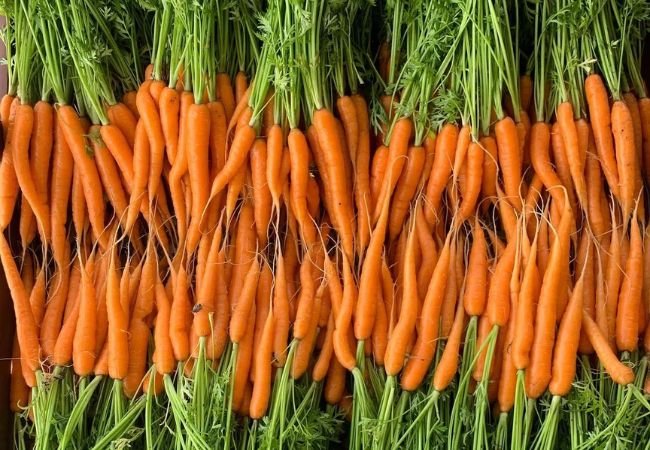
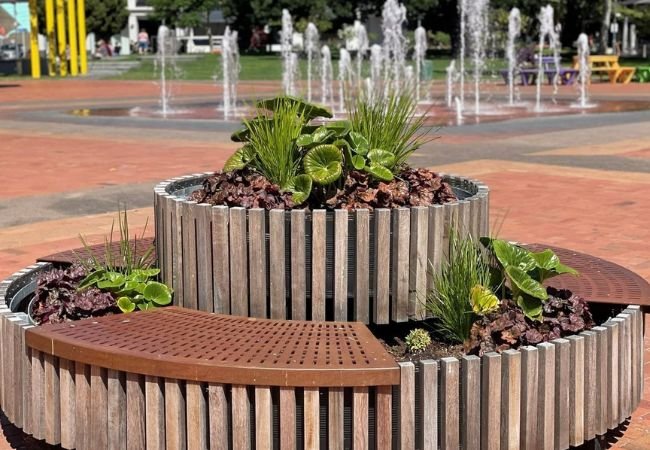

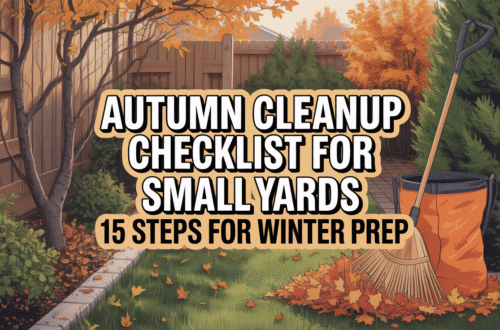
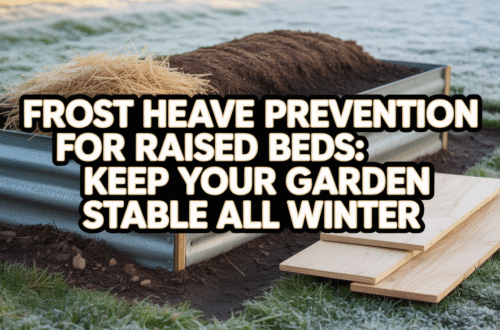
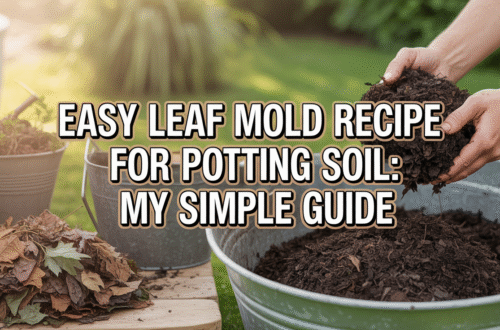
One comment on “Fall Gardening : Essential Guide for a Bountiful Autumn Harvest (2024)”